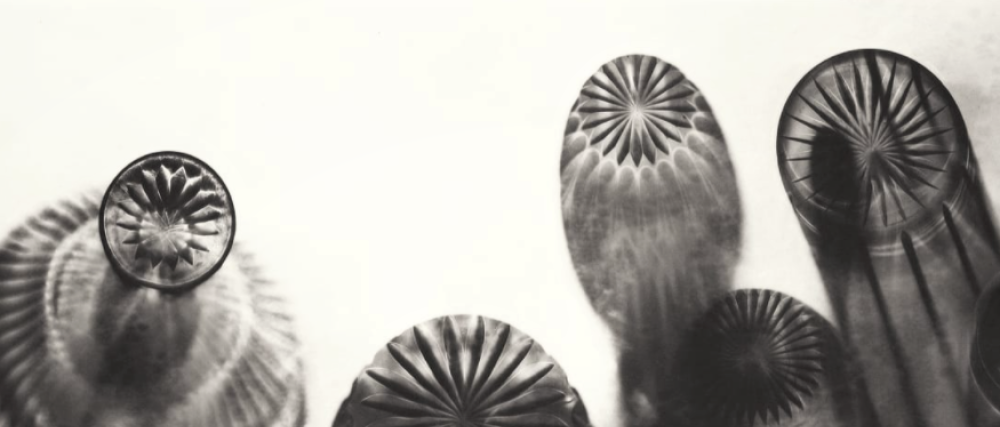The Cornelia Parker exhibition at Tate Britain features a healthy collection of the artists work, exploring the variety of materials that they have explored over their career.
For the majority of the exhibition, the artist has used existing objects which have been deconstructed and destroyed, often taking on a 2d dimension. It intrigued me to see how some of Parkers work has turned into ‘accidental art’. The “WAR ROOM” by Cornelia Parker, (2015),(Installation), Tate Britain, (Viewed: 3.10.22) is an example of the creation of ‘accidental art’, where Parker has used the left over paper that would usually be disposed off from the manufacture of memorial poppies, draping these on surrounding walls and ceilings. For me this is interesting how the artist has thought out of the box to work with a waste product.
Although the exhibition seemed quite busy with work, I found the installations were particularly presented with a lot of consideration. On the installations, the use of a light fixture placed in the centre seemed to expand the presence of the work, creating a series of shadows on the surrounding walls.
The 1st installation within the exhibition is “THIRTY PIECES OF SILVER” by Cornelia Parker, (1988-89), (Installation), Tate Britain, (Viewed: 3.10.22). Although the installation was based on flattening objects, the personal trauma of Parkers own home getting demolished had also contributed to idea of flattening. I believe this piece reflects the idea that beings or objects can come from a variety of different paths but can ultimately all have the same fate. The way that the artist has suspended them to hover away from the ground, brings life back in to these flattened objects, with a few of the pieces swaying as visitors passed.
The artist has an adventurous research process, often involving other participants to help elevate the work. “SAWN UP SAWN OFF SHOTGUN” by Cornelia Parker, (2015), (Installation), Tate Britain, (Viewed: 3.10.22) is an example of this, where the gun had firstly been sawn off by criminals, then sawn up by police before being handed over to the artist. As Parker has mentioned the back story behind this, I believe that she sees herself as the final participant to finish off the work. The design process is similar in the aspect of collaborating with others to help contribute or streamline a design.






